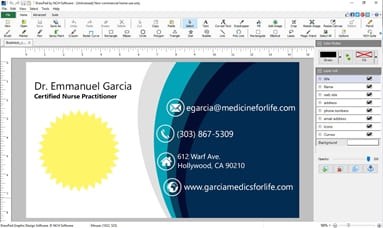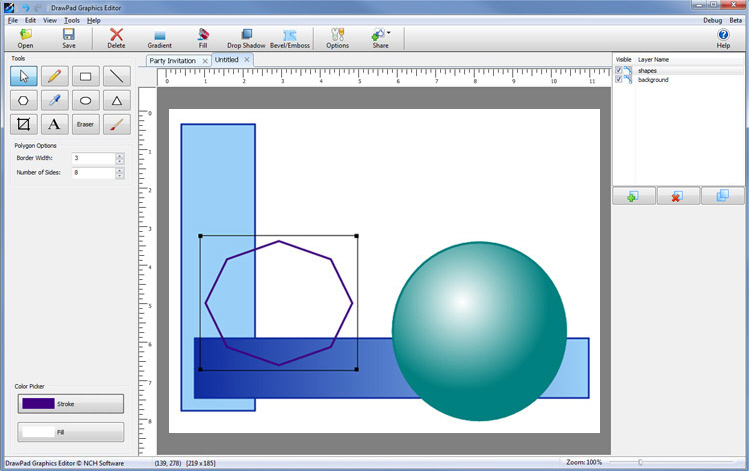

Any other insights anyone has on this issue would be greatly appreciated. Additionally, turning off the vertical scrollbar allows much more of the wide layout I have been testing the program with to be shown even without the grid. Further evidence that this is the issue is the fact that text labels are, I think, on a different "layer" than the tracks, and are not hidden incorrectly, regardless of whether or not the grid is on. I don't understand enough about Java yet to be much more specific, unfortunately, although I think it would help if someone could figure out which line in the layout editor code controls the "hiding" of the tracks that are supposedly under the scrollbars. The issue re-appears if the grid is turned off, but then the layout is not drawn over the scrollbars anymore. The layout can be viewed in its entirety when using edit mode with the grid turned on, which also causes the layout to be drawn right over the scrollbars. In the Rename Layout dialog box, type a new name that describes the layout you’ve just. To rename the layout, in the thumbnail list of layouts, right-click the layout that you customized, and then click Rename Layout. Add, edit, or remove a placeholder on a slide layout. It would seem to have something to do with the way the program handles hiding the layout under the scrollbars. Click a location on the layout, and then drag to draw the placeholder. Its comprehensive interface and shortcut associations make it a useful tool for technical designers.I think I may have some new information regarding the long-standing glitch that makes it difficult to use large layouts in layout editor due to the tracks getting clipped off when zooming out. Layout Editor possesses rulers and grids, a full palette of drawing. The application supports handling large designs, loading large files, importing elements or painting complex layouts can easily be performed. USING THE LAYOUT EDITOR The Layout Editor ( Figure 4.11 ) enables you to create and. LayoutEditor is a powerful program that allows you to create several types of technical designs and schematics. The application uses a multitude of file formats, including Calma GDSII, OASIS, OpenAccess, CIF, DXF, Gerber, LEF, DEF, Lasi, SVG, CSV, PNG, Alliance, ODB++, EDIF or Qucs. Moreover, it allows you to manually modify the netlist, using the designated text editor. It also displays connections, device names, indicated routes, as well as extraction methods, for building connections or setting node modes. You may easily export netlists or import them from local files. The column on the left lists all the layers with their afferent names, as well as the current mouse shortcuts, while the panel on the right allows you to select netlist elements. LayoutEditor features a divided interface, with the main drawing area framed by useful function panels. On the Drawings & reports tab, click Drawing properties > Drawing layout editor. On the right side of the Layout list, click Edit. User-friendly interface for a quick design process On the File menu, select Editors > Drawing layout editor. Additionally, you can assign a multitude of functions to keyboard shortcuts. The application offers several types of tools for drawing and quickly switching between layers, as well as pre-defined shapes or the ability to make custom selections. It is also suitable for the design of printed circuit boards (PCB), GDS thick film technology or thin film technology. It can come in handy when creating Multi-Chip-Modules (MCM), Chip-on-Board (COB), Low temperature co-fired ceramics (LTCC) or Monolithic Microwave Integrated Circuits (MMIC). LayoutEditor is a simple to use application which facilitates the design of circuits, chip boards or film technology. It is also suitable for designing circuits or film technologies. Moreover, the application offers a multitude of editing tools, designed to make the creation process faster and easier.

LayoutEditor is a comprehensive program that allows you to quickly create, modify or export layout designs for MEMS/IC products.


 0 kommentar(er)
0 kommentar(er)
